You want your marketing efforts to pay off, right?
Then you need to know what kind of impact they’re making.
To understand this, you need to monitor the right marketing metrics.
Marketing metrics play a crucial role in understanding where to put your marketing budget, measuring how you’re achieving your goals, and seeing what’s not working. Without using the right metrics, you’ll be shooting in the dark.
With the right metrics on your side, you can make informed decisions that drive up your business growth and success. This is the secret to marketing like a pro.
In this guide, we explore some of the key marketing metrics you need to know and why they matter for your business’s marketing efforts.
Why Marketing Metrics are so Important
Marketing metrics serve as a compass for businesses, guiding them in the right direction by providing actionable insights into the effectiveness of their marketing initiatives.
These metrics help businesses understand their target audience, measure campaign success, optimize marketing channels, and allocate resources effectively.
By tracking and analyzing these metrics, businesses can make informed decisions, refine their marketing strategies, and maximize their return on investment (ROI).

Marketing Metrics You Need to Know
Ever heard terms like ROI or LTV and have no idea what they mean?
Here’s a breakdown of all the essential marketing metrics you need to know and why your business should track them.
1. Website Traffic
Website traffic is a fundamental marketing metric that measures the number of visitors your website receives within a given period. It helps you understand the reach and visibility of your website and the effectiveness of your marketing efforts in driving traffic.
By analyzing website traffic, you can identify trends, track the impact of marketing campaigns, and optimize your website for better performance.
To track website traffic, you can use tools like Google Analytics. This powerful tool provides comprehensive insights into your website visitors, including their demographics, behavior, and traffic sources.
By using this data, you can tailor your marketing strategies to target specific segments of your audience and enhance user experience.
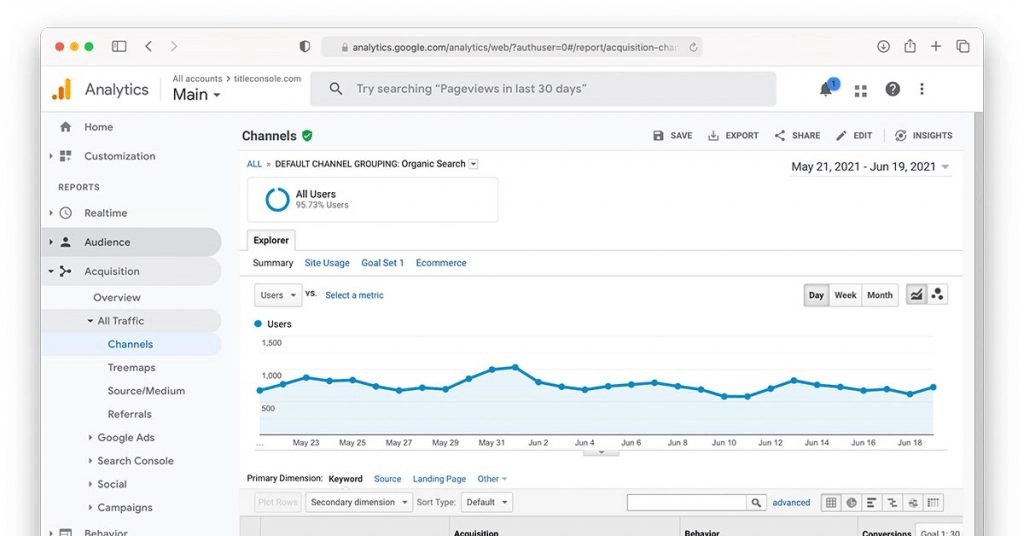
2. Conversion Rate
Conversion rate measures the percentage of website visitors who take a desired action, such as making a purchase, filling out a form, or subscribing to a newsletter. It’s a critical metric that indicates the effectiveness of your website and marketing funnel in converting visitors into customers or leads.
A high conversion rate indicates that your marketing efforts are resonating with your audience and your website is optimized for conversions. On the other hand, a low conversion rate may signal that there are friction points in your customer journey or that your messaging and offers need improvement.
You can conduct A/B testing, optimize your landing pages, and create compelling calls-to-action (CTAs) to improve your conversion rate.
Regularly monitoring your conversion rate allows you to identify bottlenecks and optimize your marketing strategies to maximize conversions.
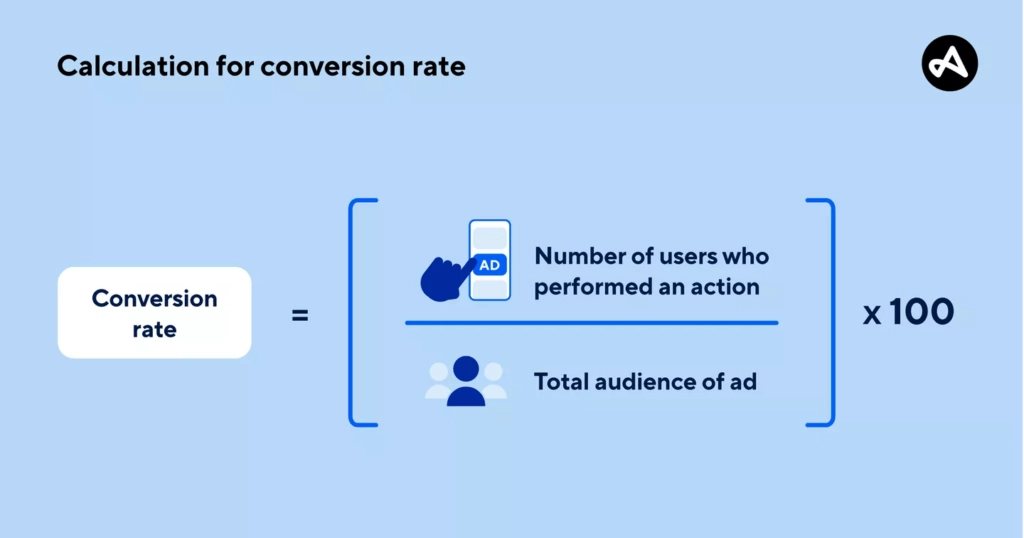
3. Customer Acquisition Cost (CAC)
Customer Acquisition Cost (CAC) measures the average cost of acquiring a new customer.
CAC is calculated by dividing your total marketing and sales expenses by the number of new customers acquired within a specific period. This is a vital metric for assessing the efficiency and profitability of your marketing campaigns.
To calculate CAC, add up all your marketing and sales expenses, including salaries, advertising costs, and software subscriptions, and divide it by the number of new customers acquired during the same period. The lower your CAC, the more cost-effective your marketing efforts are.
By tracking CAC, you can identify the most efficient marketing channels, optimize your budget allocation, and refine your targeting strategies. This metric also helps you evaluate the long-term value of your customers and make informed decisions about customer acquisition and retention strategies.
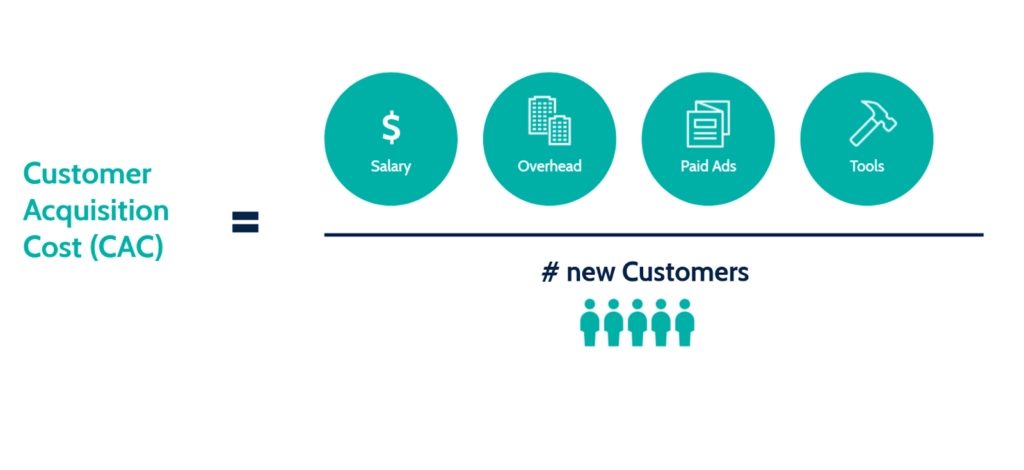
4. Customer Lifetime Value (CLTV)
Customer Lifetime Value (CLTV) is a metric that predicts the net profit a business can expect from a customer over the course of their relationship. It takes into account factors such as average purchase value, purchase frequency, and customer retention rate. CLTV helps businesses understand the long-term value of acquiring and retaining customers.
To calculate CLTV, multiply the average purchase value by the average purchase frequency and customer lifespan. Subtract the customer acquisition cost (CAC) from this total to get the net profit generated by a customer during their relationship with your business.
By analyzing CLTV, you can identify high-value customer segments, tailor your marketing strategies to maximize customer value, and allocate resources effectively. It also helps you determine the return on investment (ROI) for your customer acquisition efforts.
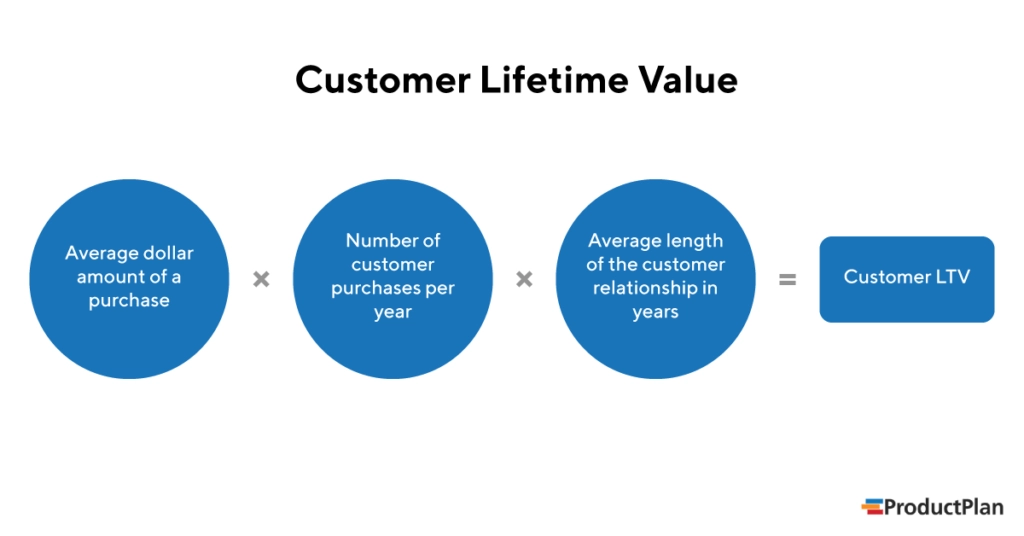
5. Return on Investment (ROI)
Return on Investment (ROI) measures the profitability of your marketing investments. It compares the net profit generated from your marketing campaigns to the total cost of those campaigns.
ROI is a crucial metric for evaluating the effectiveness and success of your marketing initiatives.
To calculate ROI, subtract the total marketing cost from the revenue generated by the marketing campaigns. Divide the result by the total marketing cost and multiply by 100 to get the ROI percentage.
A positive ROI indicates that your marketing efforts are generating more revenue than the cost incurred, resulting in a profitable return. Conversely, a negative ROI suggests that adjustments are needed in your marketing strategies to achieve a positive return.
By tracking ROI, you can evaluate the performance of different marketing channels, campaigns, and tactics. This metric helps you make informed decisions about resource allocation, budget optimization, and marketing strategy refinement.
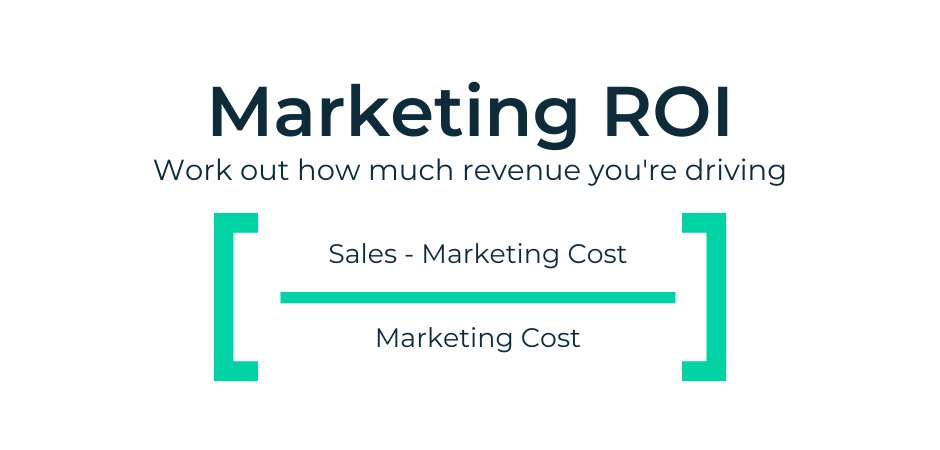
Conclusion
Marketing metrics are indispensable for businesses looking to thrive in the competitive landscape.
By understanding and analyzing these key metrics, businesses can gain valuable insights into their marketing performance and make data-driven decisions.
Regularly monitoring these metrics allows businesses to refine their strategies, optimize their marketing efforts, and achieve better results.
So, start leveraging marketing metrics today and unlock the true potential of your marketing initiatives.

